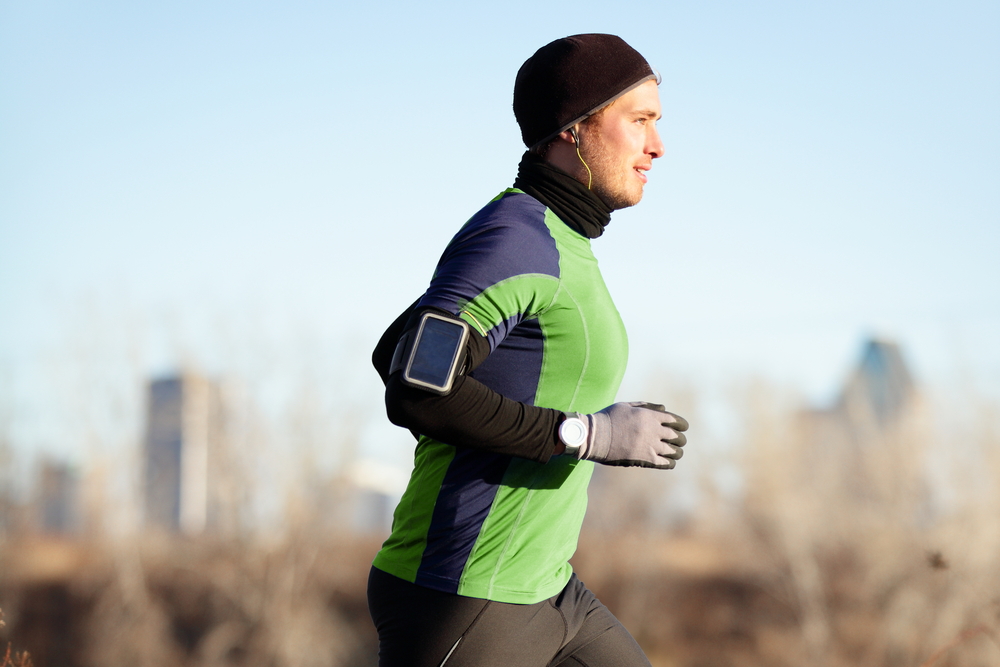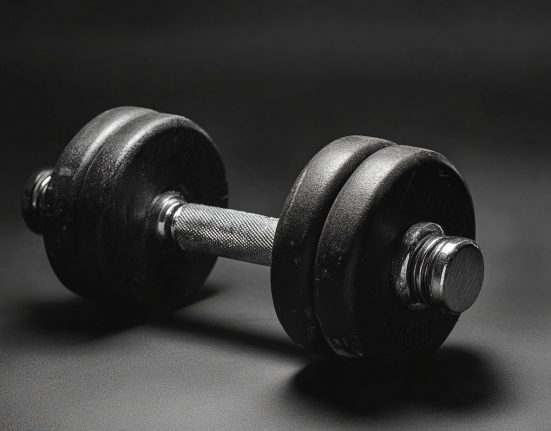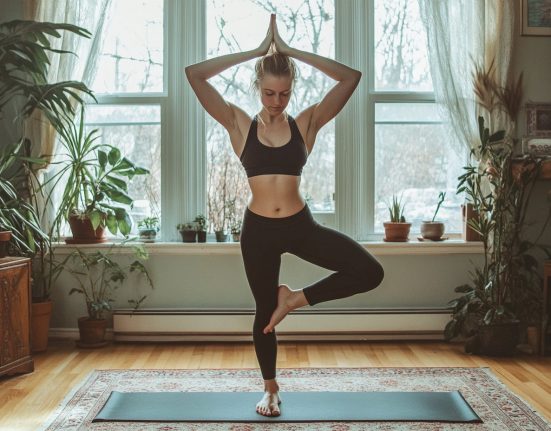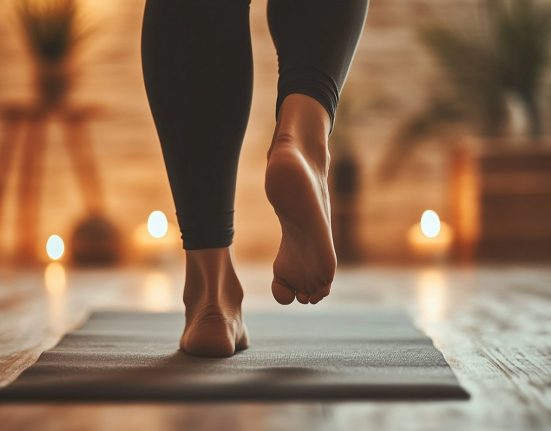Layer up and know your limits.
If you love to exercise outside, a bout of cold weather shouldn’t always mean you need to move your workout indoors. There’s nothing more invigorating than embracing the chilly temps and enjoying a brisk winter walk, hike, or jog. (In fact, regular exercise and outdoor time are both proven ways to kick the winter blues—so combining them just makes sense.)
While getting fresh air is significant to your well-being, being active in icy temps comes with a few caveats, and it’s important to know your body’s limits. Ahead, health experts share when to get inside and how to prevent frostbite and hypothermia.
How Cold Is Too Cold to Get Moving Outdoors?
When deciding how long is safe to stay outdoors in extreme cold, good judgment is often the best overall approach. Factors such as temperature and wind chill can change the duration. The National Weather Service has a helpful chart to show how quickly you can get frostbite in different conditions.
According to Kettering Health, if the temperature falls to 18°F below zero with a wind chill factor or colder, you should skip your outdoor workout. If you have heart issues, cold weather exercise can strain your heart, forcing it to beat faster to maintain circulation and causing your blood pressure to rise. The American Heart Association cautions that heart failure is the most common cause of hypothermia-related deaths and recommends taking frequent breaks so as not to overtax the heart.
Extremely cold temps can also put a strain on your lungs—you may notice coughing, wheezing, and tightness in the chest when being active outside in frigid air.
Risks to Watch Out For
Awareness of potential problems is key if you are planning to workout outdoors this winter. Frostnip, frostbite, and hypothermia are three common cold-weather conditions to know about if you like to exercise outdoors.
Frostnip and Frostbite
Frostnip is essentially a milder form of frostbite that’s also caused by continued exposure to cold air and can result in numbness or tingling in the exposed area.3 It’s more of a superficial skin irritation, often with redness, but it won’t cause a lasting problem or damage—go inside, get warm, and you’ll be OK.
Frostbite is actual damage to the skin and tissues underneath your skin from exposure to freezing air, usually affecting smaller, exposed areas of the body, like fingers and toes.
If you see white patches on your skin or start to feel pain, it’s time to head inside, advises William O. Roberts, MD, a professor and director of a program in sports medicine at the University of Minnesota Medical School.
Numbness is a typical early symptom of both frostnip and frostbite that shouldn’t be ignored. “Numbness in the extremities, fingers or toes, is an indication that blood is not reaching those areas,” explains Pete McCall, a certified strength and conditioning specialist, host of the All About Fitness podcast, and author of Smarter Workouts: The Science of Exercise Made Simple. “During cold exposure, the body will send more blood to protect vital organs and reduce circulation at the extremities.” This can be serious, so if you suspect frostbite, it’s wise to see a doctor.
Hypothermia
Hypothermia is another serious condition (a medical emergency that can actually be deadly) that occurs when your body temperature drops below 95°F due to prolonged exposure to freezing air or freezing water (normal body temp is around 98.6°F). Essentially, your body is losing heat faster than it can produce it. Hypothermia symptoms include:
- Shivering
- Slurring speech
- Slow breathing
- Mental confusion
If you notice any of these signs or other unusual symptoms, get medical help ASAP. It sounds extreme, but hypothermia can happen in any cold climate (read: You don’t have to be exploring Antarctica to be at risk).
How to Stay Safe in the Cold
But don’t panic—you definitely don’t need to swear off winter activities forever. “As long as someone can exercise with proper clothing to minimize skin exposure (at extreme temps) and stay hydrated, exercising in the cold is not a major issue,” McCall says. If you love to exercise outdoors in cold weather, here are more critical tips from health experts for keeping warm and safe from harm next time you venture out.
1. Get the Right Gear and Coverage
When and how you exercise outside in cold temps really depends on “your experience in the cold weather and your access to the right clothing,” Dr. Roberts says. Proper coverage and layers are crucial to prevent cold-induced issues.
“Air movement removes heat faster, so use an outer layer of wind-proof clothing,” says Phillip Bishop, professor emeritus of exercise science at the University of Alabama and the co-author of Fit Over Fifty. He adds to cover up the parts of your body with “high surface area, and low mass,” like the tips of your nose, ears, toes, and fingers (he recommends mittens rather than gloves).
Look for outdoor winter workout gear with features like thermal lining, sweat-wicking technology, insulation, wind-proof, and water-proof or water-repellent materials. Get yourself a hat or warm, ear-covering headband, too, since lots of your body heat is lost through your head. Water-proof shoes that provide proper insulation are crucial to keeping your toes warm.
2. Warm Up First
Cold weather makes your joints and muscles tight by causing them to lose body heat. Get your body moving with warm-up exercises. McCall recommends doing a 10- to 12-minute warm-up before hitting your workout all-out.
Walking is a go-to general warm-up for most workouts (marching in place, jumping jacks, or walking up and down a flight of stairs works, too). Doing bodyweight exercises like squats, lunges, or pushups are also helpful, followed by gentle stretching of your warm muscles, advises McCall.
3. Don’t Get Too Sweaty
When the weather is extremely cold, it’s best not to work out at such high intensity that you get super sweaty. “Avoid sweating, which causes rapid heat loss,” Bishop cautions. When you sweat, it evaporates leaving you even chillier than before. In the same vein, Bishop also says to avoid getting wet from any source. Stay dry, insulate, cover-up, and avoid sweating in super cold weather.
4. Hydrate Well
We tend to feel less thirsty when the temperature drops, but drink up! As McCall explains, the risk of dehydration increases as the body works harder to maintain its proper temperature. “Hydration is especially important at altitude where there’s less oxygen.” The American Academy of Dermatology Association recommends drinking one cup of water before heading outside for your workout to get ahead on hydration.
5. Tell a Friend
Whether you’re going for a jog in the city, a hike in the snow, or cross-country skiing, “tell someone where you’re going (or your route) and when you expect to return,” Dr. Roberts insists, adding that your phone should be fully charged and on you. And if you can use the buddy system, even better.
6. Avoid Caffeine and Alcohol
If your pre-workout routine includes chugging a cup of joe, you may want to skip it. Drinking caffeinated beverages and alcohol may be dangerous in extremely cold conditions, as they can both cause you to lose heat faster and constrict your blood vessels, making it harder for your heart to pump blood. Since your heart may already be under strain in cold weather and working out, it’s best to remove caffeine and alcohol from the equation when working out in cold weather. Furthermore, alcohol has been shown to obstruct one’s ability to detect how cold they are, by making you feel warmer and reducing chills. However, alcohol can actually lower your core body temperature.
Be sure to stay hydrated, and drink warm beverages to warm up your body’s temperature. Some good options for warm drinks may include warm milk, herbal tea, and warm apple cider.









